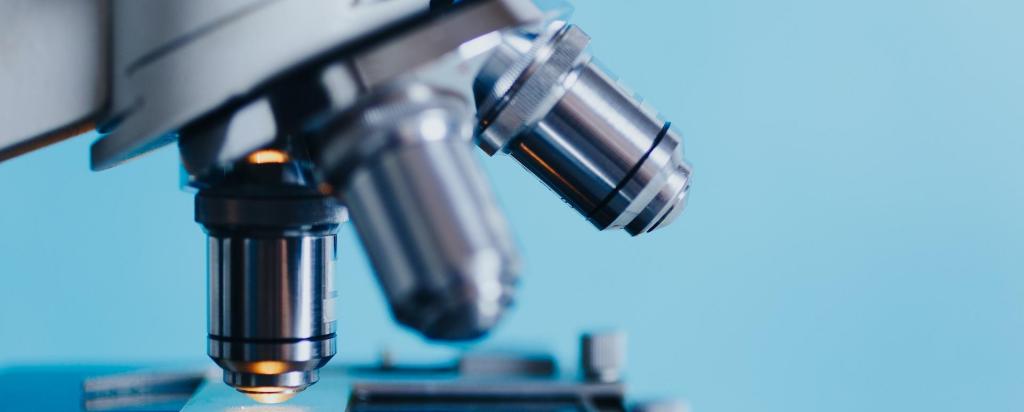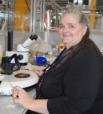
Showing 221 - 240 of 248 results

Role at ANSTO
Earthquake clues unearthed in strange, precariously balanced rocks
Imperial College London researchers tapped into ancient geological data locked within precariously balanced rocks using a new technique to boost the precision of hazard estimates for large earthquakes.
Collaboration locates elusive oxygen ions in new solid electrolyte

Role at ANSTO
Dr Meng Jun Qin is a materials scientist with expertise in computer modelling
Collaborative agreement combines extensive scientific infrastructure and expertise
Excavation of dark matter lab completed
With all excavation completed and rock removed from the underground site, the physics lab will now be built within the caverns of the Stawell Mines site.
Understanding how a common food additive causes changes in the microbiome
ANSTO has collaborated on a study assessing the impact of the commonly-used food additive titanium dioxide (TiO2) on gut microbiota and inflammation.
ANSTO inspires young women into STEM careers
To celebrate International Women’s Day, ANSTO opened its doors to more than 50 female STEM students who heard from two accomplished ANSTO’s female scientists and STEM champions.
Synchrotron used to find structure of a new material that could be found on the surface of Saturn’s moon Titan
Feathery moa’s fossilised footprints, ancient age revealed
ANSTO scientist, Dr Klaus Wilcken of the Centre for Accelerator Science, used cosmogenic nuclide dating to determine the ages of layered sand and gravel samples, in which seven footprints of the flightless bird, the moa, were found on the South Island in New Zealand in 2019.

Role at ANSTO
Independent report into safety of Building 23 at ANSTO
The final report on the safety of Building 23 by the independent expert review team has been completed.
Building greater understanding of the role of nuclear science in addressing global challenges
General manager ANSTO Communications and Stakeholder Engagement was one of the presenters at the IAEA W4NSEC workshop
Research may lead to more effective anti-tumour drug
High intensity X-ray beam provides insights into the activity of natural killer cells.

What are radioisotopes?
Radioisotopes are widely used in medicine, industry, and scientific research. New applications for radioisotopes are constantly being developed.
